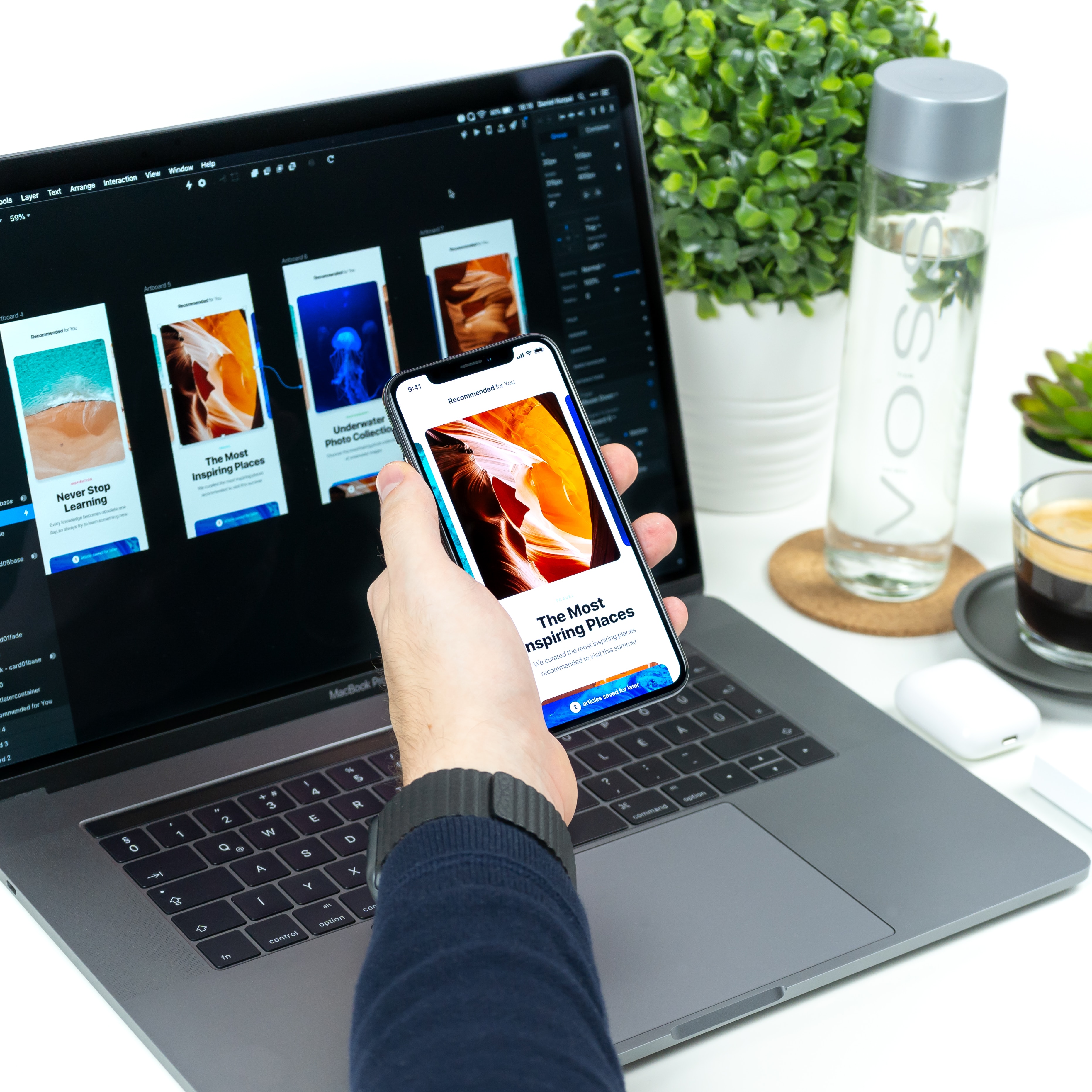The UX Revolution: Crafting Intuitive User Experiences
User experience (UX) design has emerged as a pivotal discipline in the digital era, prioritizing the creation of seamless, intuitive interactions that delight users and drive engagement. This article explores the transformative impact of UX design, key principles, and strategies for crafting exceptional user experiences that resonate across digital platforms.
Understanding UX Design
UX design focuses on enhancing user satisfaction by improving the usability, accessibility, and pleasure provided in the interaction between users and digital products or services. It encompasses a holistic approach to design that considers user needs, behaviors, and emotions throughout the design process. Here’s an exploration of how UX design is revolutionizing digital experiences:
1. User-Centered Design Approach
At the core of UX design is a user-centered approach that prioritizes understanding user needs, goals, and pain points:
User Research: Conduct qualitative and quantitative research—such as interviews, surveys, and usability tests—to gain insights into user behaviors and preferences.
Persona Development: Create user personas to represent different segments of your target audience, guiding design decisions based on their characteristics and goals.
2. Information Architecture and Navigation
Effective UX design involves organizing and structuring content to facilitate intuitive navigation and information retrieval:
Information Hierarchy: Define clear hierarchies and relationships between content elements to guide users through the interface.
Navigation Design: Design intuitive navigation systems—such as menus, breadcrumbs, and search functionality—that enable users to find information quickly and easily.
3. Usability and Accessibility
Usability and accessibility are fundamental to UX design, ensuring that digital products are easy to use and accessible to all users:
Usability Testing: Conduct usability tests to identify usability issues and gather feedback on user interactions with prototypes.
Accessibility Standards: Adhere to accessibility guidelines (e.g., WCAG) to accommodate users with disabilities, including considerations for visual impairments, motor disabilities, and cognitive limitations.
4. Visual and Interaction Design
UX design integrates visual and interaction design principles to create engaging and aesthetically pleasing interfaces:
Visual Consistency: Maintain consistency in visual elements—such as typography, color schemes, and iconography—to reinforce brand identity and enhance usability.
Interaction Design: Design interactive elements—such as buttons, forms, and animations—that respond to user actions and provide clear feedback.
5. Iterative Design Process
UX design follows an iterative process of prototyping, testing, and refining designs based on user feedback and insights:
Prototyping Tools: Use prototyping tools—like Adobe XD, Sketch, or Figma—to create interactive prototypes that simulate user interactions and workflows.
Iterative Refinement: Continuously iterate on designs based on usability testing results, incorporating user feedback to improve usability and address pain points.
Strategies for Crafting Intuitive UX
Crafting intuitive user experiences requires a blend of creativity, empathy, and strategic thinking. Here are essential strategies for achieving UX excellence:
1. Empathize with Users
Put yourself in the users' shoes to understand their motivations, emotions, and challenges. Empathy drives design decisions that prioritize user needs and enhance overall satisfaction.
2. Collaborate Across Disciplines
Collaborate closely with stakeholders, designers, developers, and marketers to align UX goals with business objectives and technical feasibility. Cross-disciplinary collaboration fosters holistic solutions and enhances the impact of UX design.
3. Iterate Based on Feedback
Embrace an iterative design process that incorporates user feedback at every stage. Test prototypes with real users to identify usability issues, validate design decisions, and refine user interfaces effectively.
4. Stay Updated with UX Trends
Stay informed about emerging UX trends, technologies, and best practices. Attend industry conferences, participate in UX communities, and engage in continuous learning to refine skills and adapt to evolving user expectations.
5. Measure Success with Metrics
Use analytics and metrics—such as conversion rates, task completion rates, and user satisfaction scores—to evaluate the effectiveness of UX designs. Data-driven insights inform iterative improvements and validate UX design decisions.
The Future of UX Design
As technology advances and user behaviors evolve, UX design continues to evolve as a critical component of digital innovation. Future trends—such as voice interfaces, AI-driven personalization, and immersive experiences—will shape the next generation of user interactions and experiences. By embracing UX principles, leveraging user insights, and prioritizing seamless interactions, designers can lead the charge in crafting intuitive user experiences that inspire, engage, and delight users in the ever-changing digital landscape.

